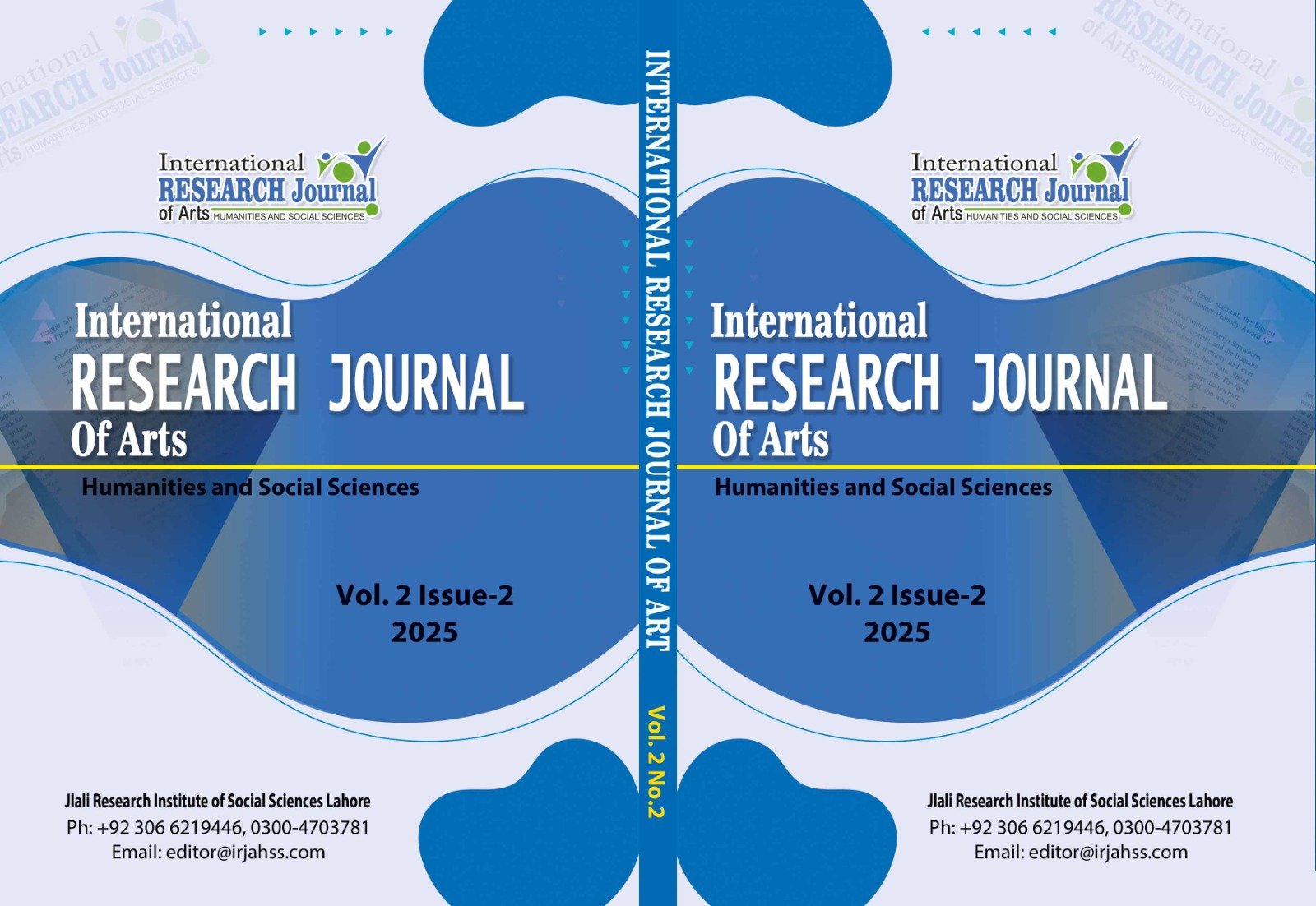LOST IN TIME: EXPLORING MACHKI FORT AND ITS SILENT LEGACY IN THE CHOLISTAN DESERT
Keywords:
Machki Fort, Cholistan, historical sitesAbstract
The Machki fort constructed in 1777 A.D. and located in the remote Cholistan desert near Rahim Yar Khan, a city of Pakistan, remains an undocumented, unpreserved historical site causing its architectural significance and purpose to vanish. The main objective of the paper is to delve into understanding and analysing the purpose, design, construction, overall layout and use of the Machki Fort, by comparing it to the neighboring forts, like Jamgarh, Rukanpur, Mirgarh and Derawar forts that were built around the same area in the same era. The paper uncovers valuable insights into the design, construction and use of the Machki fort by conducting a comparative analysis with the surrounding forts. The Architectural features, materials, and overall layout of the forts that share similar chronological context are examined and compared to unveil the original characteristics of Machki Fort. The paper focuses on how understanding neighboring structures from similar chronology can provide clues that can help reconstruct or provide first aid to heritage sites that are either damaged or unexplored. Through this approach, gaps are filled and a clearer picture of the Machki fort’s original form as well as purpose can be understood. The comparison of Machki Fort to neighboring forts makes it clear that the original shape, architectural layout and architectural features closely resemble each other. Features such as bastions, courtyard styled layout, four-centered arches, burnt clay bricks are mainly highlighted and compared in detail. It also highlights the Mughals and Nawabs influences on the design elements and material of forts. The similarities in design language helped to reveal the fort’s original form, details and purpose therefore making it easier to understand how it looked and functioned in the past.
Downloads
Published
Issue
Section
License
Copyright (c) 2025 International Research Journal of Arts, Humanities and Social Sciences

This work is licensed under a Creative Commons Attribution 4.0 International License.
Disclaimer: The International Research Journal of Arts, Humanities and Social Sciences (IRJAHSS) upholds the principles of open access, ensuring unrestricted access to scholarly content to foster the sharing and advancement of knowledge. The opinions expressed in the articles solely belong to the authors and do not necessarily reflect the views or policies of the journal's editorial team, editorial board, advisory board or research institute.






